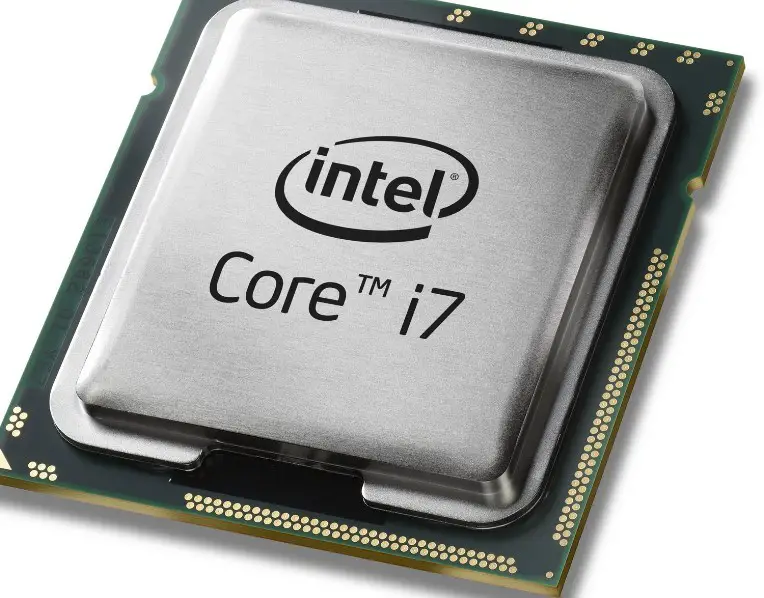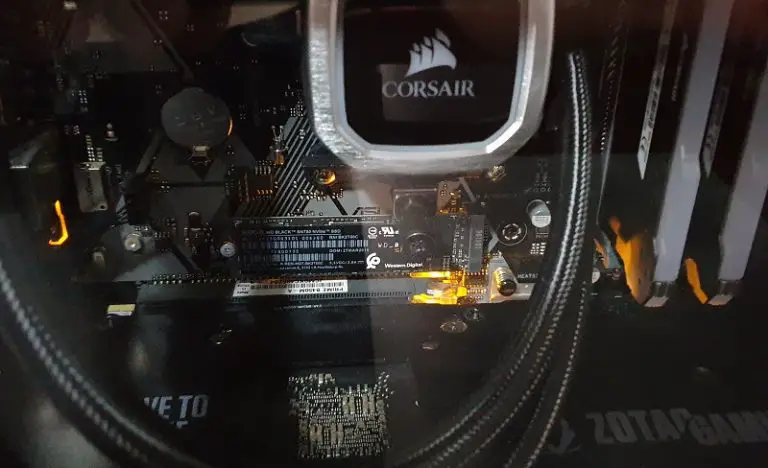Experiencing the dreaded DRAM light illuminated on your motherboard can be a frustrating ordeal. This light signals a problem with your computer’s memory (RAM), and it’s crucial to promptly resolve the issue to ensure a smooth and stable system. In this comprehensive guide, we will explore the causes of the DRAM light issue and provide step-by-step solutions.

Image: techcolleague.com
While troubleshooting, it’s always advisable to proceed methodically to narrow down the potential sources of the problem. Before jumping into any component replacements, let’s start by checking the basics.
Secure and Clean RAM Sticks
Loose RAM sticks can cause intermittent connections, leading to a DRAM light issue. Begin by powering down your computer and unplugging all cables. Locate the RAM slots on your motherboard and gently push down on the clips at both ends of each stick to release them. Carefully lift the sticks out of their slots.
Inspect the RAM sticks for any visible damage, such as bent pins or corrosion. Use a soft brush or compressed air to remove any dust or debris from the RAM slots and the contacts on the sticks. Reinsert the RAM into the slots, ensuring they are firmly seated and the clips lock into place.
Reset BIOS Settings
An incorrect BIOS configuration can also trigger the DRAM light issue. Resetting the BIOS to its default settings may resolve the problem. Open your computer case and locate the CMOS battery on the motherboard. Gently lift the battery for a few minutes, then insert it back into place. This will clear the BIOS settings.
Power on your system and immediately press the key that corresponds to BIOS setup (usually Del or F2), which will vary depending on your motherboard manufacturer. Navigate to the “Load Optimized Defaults” section in the BIOS menu and select “Yes.” Save your changes and exit.
Check Power Supply
Insufficient power to the RAM can cause the DRAM light to illuminate. Ensure your power supply unit (PSU) provides adequate wattage to support all your system components. Refer to the PSU’s specifications or use a wattage calculator to verify compatibility.
If you suspect the PSU is faulty, try replacing it with a known-good unit. However, handle this step with caution, as improper handling of the PSU can lead to safety hazards.

Image: bestofmotherboard.com
Identify Faulty RAM
If the above steps do not resolve the issue, it’s likely that you have faulty RAM. To identify the defective stick, try testing each RAM module individually. Power down your system and remove all but one RAM stick. Start up your computer and observe if the DRAM light is still lit. Repeat this process for each RAM stick until you identify the faulty one.
Once identified, replace the faulty RAM stick with a new one that matches the specifications of your system.
Expert Advice and Tips
In addition to the troubleshooting steps provided, here are some expert tips and advice to help you avoid or resolve DRAM light issues:
- Use high-quality RAM sticks that are compatible with your motherboard.
- Ensure the RAM slots on your motherboard are not damaged or disfigured.
- Avoid overclocking your RAM or running it at an unstable speed.
- Keep your computer case and its components clean to prevent dust buildup.
- If you encounter persistent DRAM light issues, consult a qualified computer technician or contact the motherboard manufacturer for support.
Frequently Asked Questions (FAQs)
1. What does DRAM stand for?
DRAM stands for Dynamic Random Access Memory, which is the type of memory used in most computer systems.
2. Why does the DRAM light turn on?
The DRAM light usually indicates a problem with the RAM, such as incorrect installation, loose connections, or a faulty module.
3. How can I prevent DRAM light issues?
Proper installation, regular cleaning, and using compatible RAM components can help prevent DRAM light issues.
4. Should I unplug my computer if the DRAM light is on?
Yes, it’s advisable to unplug and power down your system when troubleshooting the DRAM light issue.
How To Fix Dram Light On Motherboard
Conclusion
By following the troubleshooting steps outlined in this guide, you can diagnose and resolve the DRAM light issue on your motherboard and restore your computer to proper working order. Remember, patience and attention to detail are key when it comes to hardware troubleshooting. If you encounter any difficulties or have any further questions, reach out to a qualified technician for assistance.
Did you find this guide helpful? Share your experiences and let us know if you have any other questions or topics you would like us to cover. Your feedback is invaluable in making our content even more informative and accessible.